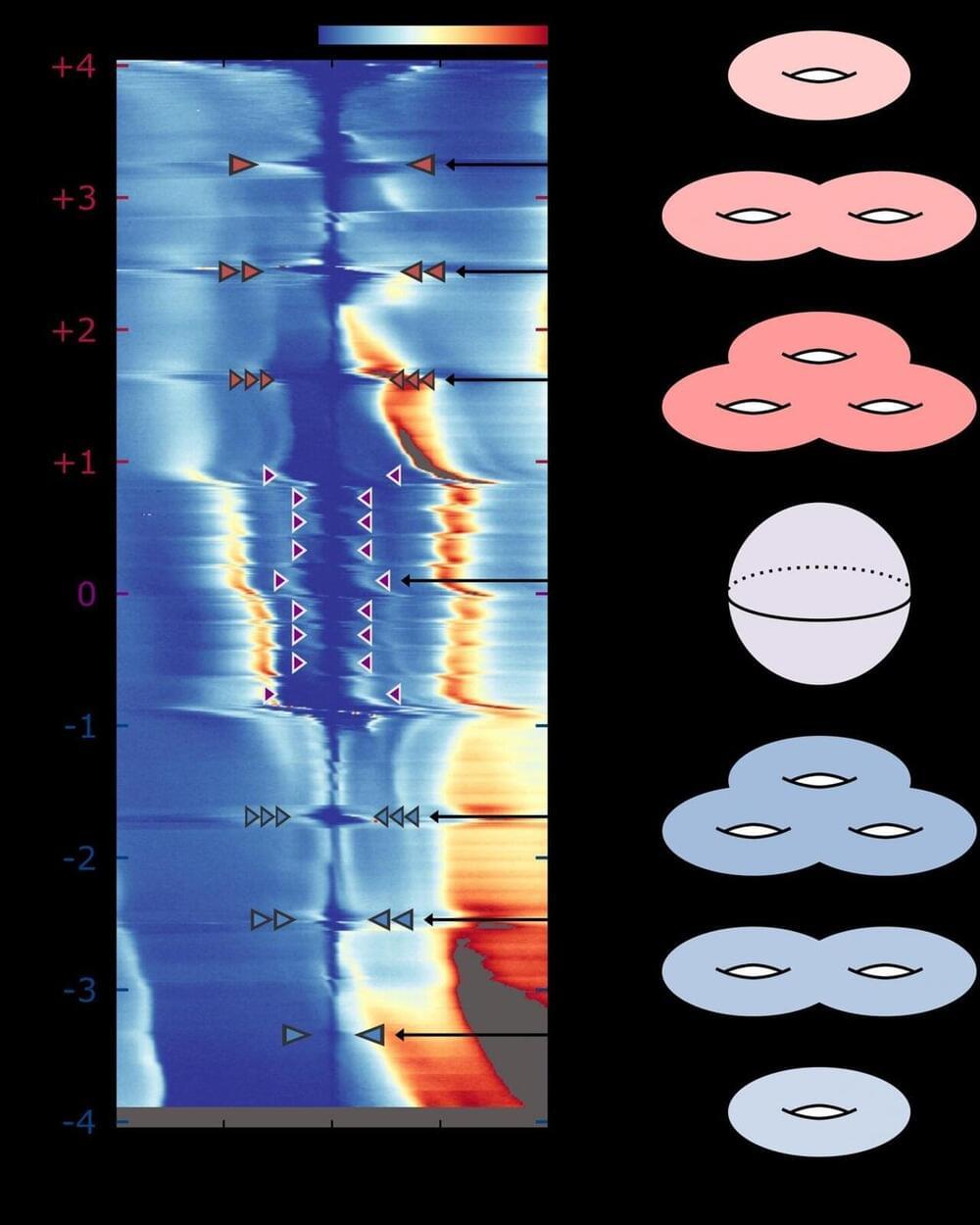This week our guest is NBC technology correspondent, Jacob Ward, who recently released his book, The Loop: How Technology Is Creating a World Without Choices and How to Fight Back. In this episode we focus broadly on the ways in which technology and AI are learning from the worst instincts of human beings, and then using those bad behaviors to shape our future choices. As a result, Jacob suggests this creates feedback loops of increasingly limited and increasingly short-sighted behavior. This conversation includes exploring topics such as big data, bad incentives for programmers, profit motives, historical bias reflected in data, system 1 vs system 2 thinking, and much more.
Find out more about Jacob at jacobward.com or follow him on Twitter at twitter.com/byjacobward ** Host: Steven Parton — LinkedIn / Twitter Music by: Amine el Filali.
54 MINS








